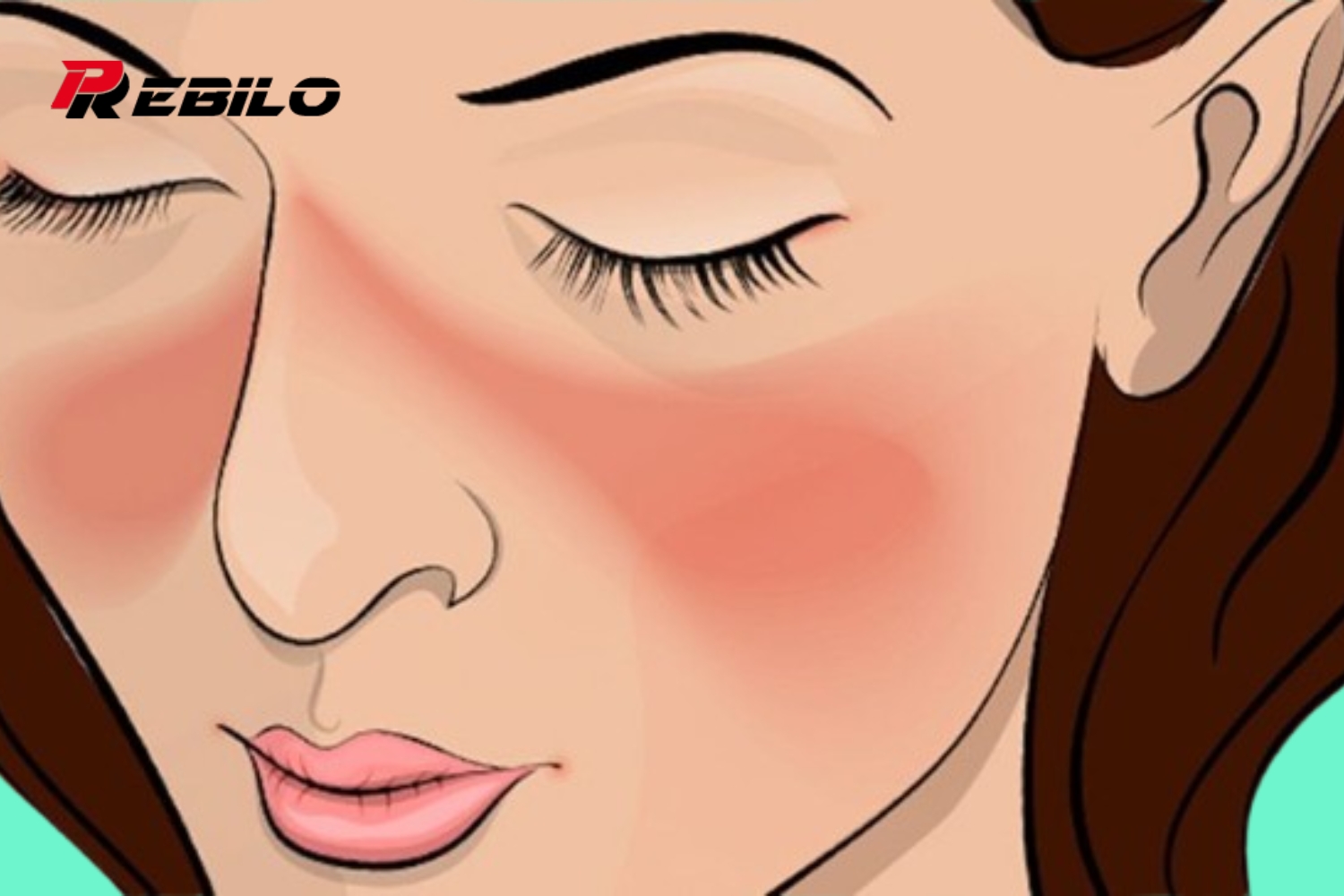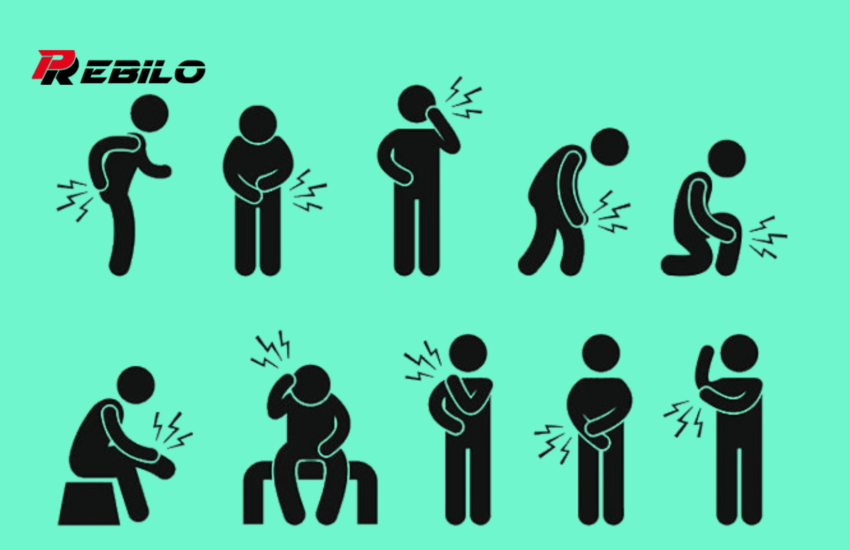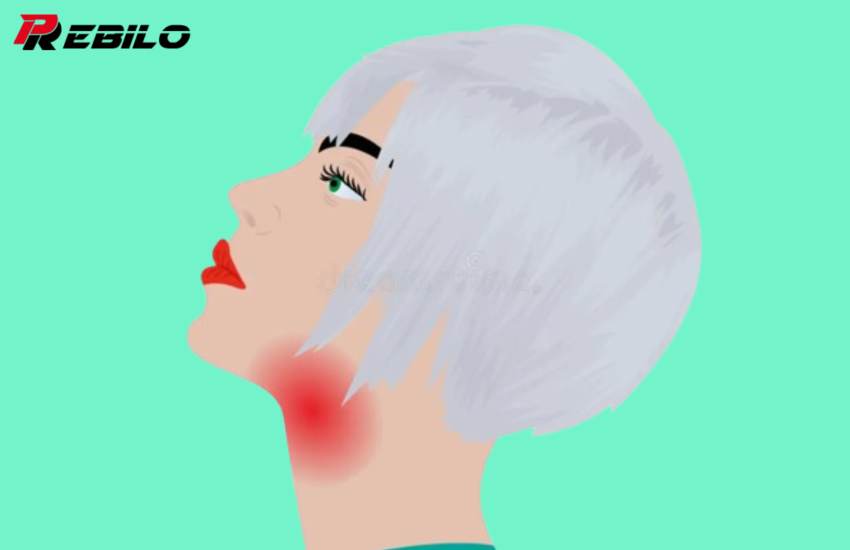Early Symptoms of Lupus: What You Need to Know
Early Symptoms of Lupus: What You Need to Know
Lupus is a mysterious and often misunderstood disease. An autoimmune condition, it causes the body’s immune system to mistakenly attack healthy tissues and organs. It can affect almost any part of the body, from the skin and joints to the kidneys and brain. Recognizing the early signs of lupus is crucial for managing the disease and preventing serious complications.
What is Lupus?
Lupus, particularly systemic lupus erythematosus (SLE), is the most common and severe form. While anyone can develop lupus, it most often affects women between the ages of 15 and 45. Genetic, environmental, and hormonal factors are believed to play a role in its development.
Common Early Symptoms of Lupus
Early signs of lupus are often subtle and mimic other conditions, making it difficult to diagnose. Here are some of the most common symptoms to watch for:
Persistent Fatigue
Extreme fatigue that doesn’t go away with rest is one of the most common early signs. Many lupus patients feel exhausted even after a full night’s sleep.
Joint Pain and Stiffness
Joint swelling and pain—especially in the fingers, wrists, and knees—may be an early sign. The pain is usually symmetrical, meaning both sides of the body are affected.
Skin Rash
A characteristic sign of lupus is a butterfly-shaped rash that appears on the cheeks and nose. Another rash may appear on sun-exposed areas such as the arms or chest.
Fever
A mild fever that comes and goes for no apparent reason can be a warning sign. It can be an early indicator of inflammation within the body.
Hair Thinning or Loss
Inflammation of the skin and scalp can lead to noticeable hair thinning or loss. This can sometimes be one of the first visible symptoms.
Sun Sensitivity
Lupus patients often develop a rash or flare-ups after sun exposure. Even brief sun exposure can trigger symptoms.
Mouth or Nose Sores
Painless sores inside the mouth or nose that recur frequently can also be an early sign.
Swelling of the Hands, Feet, or Around the Eyes
Inflammation from lupus can cause swelling or puffiness, often due to kidney involvement.
The Importance of Early Diagnosis
Detecting lupus in its early stages can help prevent serious complications such as kidney damage, heart disease, or neurological problems. Early treatment with medications and lifestyle changes can reduce the severity and frequency of flare-ups, allowing many lupus patients to live full, active lives.
When Should You See a Doctor?
If you experience a combination of these symptoms—especially if they come and go or seem to worsen over time—it’s important to talk to your doctor. Write down your symptoms, including when they occur and how severe they are. This helps healthcare providers identify patterns and order appropriate tests for diagnosis.
Conclusion
Lupus is a chronic disease, but with early diagnosis and an appropriate treatment plan, its symptoms can be effectively controlled. If you suspect you or a loved one has lupus, don’t ignore the warning signs. Listen to your body and seek medical care—it can make a huge difference.


